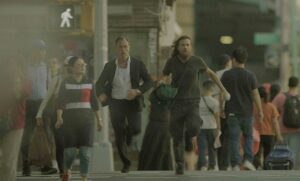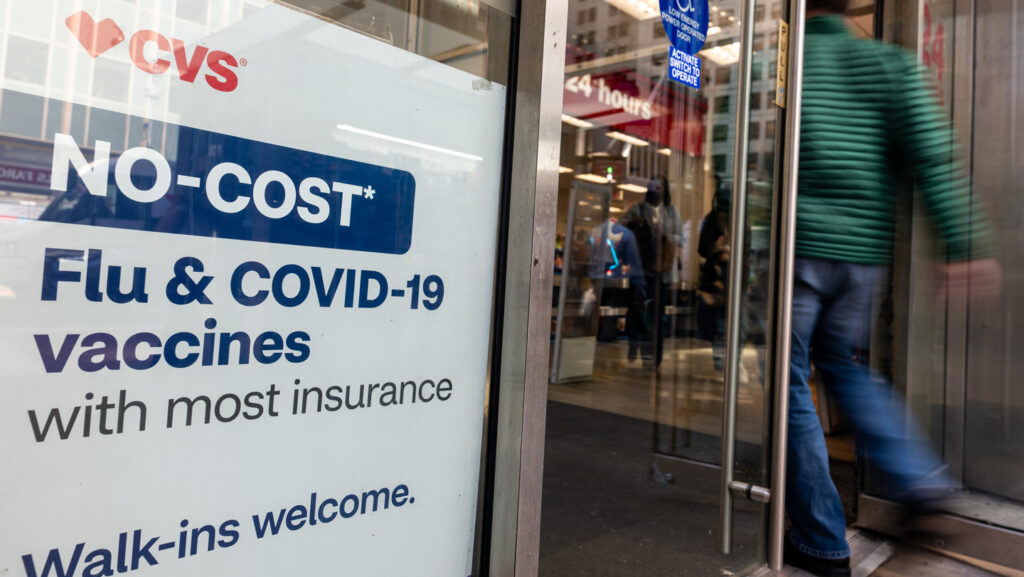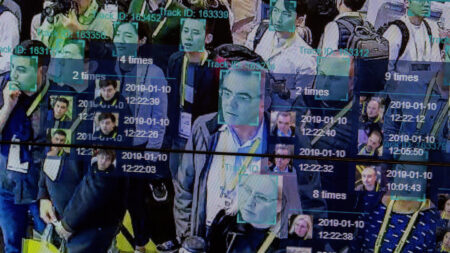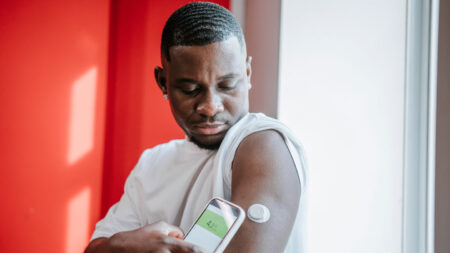Fall is approaching and respiratory virus season is on its way. While many people in the United States would normally be rolling up their sleeves for annual vaccines, shifting federal guidelines have injected uncertainty into who can get COVID-19 shots this year.
The U.S. Food and Drug Administration is expected to soon sign off on updated COVID-19 vaccines for the fall to better match circulating strains. But the agency has been taking steps to limit who is eligible. Instead of making them widely available, it’s likely only people age 65 years and older will be approved to get the shots, as well as those 6 months and older who have at least one medical condition.
Leading public health organizations warn that drops in vaccine coverage could put people’s health at risk, and they have come out with their own competing guidance. The American Academy of Pediatrics strongly urges that children ages 6 months to 2 years get a COVID-19 vaccine and that older children can get vaccinated if their parents want them to. The Society of Maternal-Fetal Medicine suggests that pregnant people get vaccinated as well. Studies show that vaccination during pregnancy can protect both parent and infant. Babies younger than 6 months old are among the groups most likely to be hospitalized with COVID-19.
Now, a wide swath of people who want to be vaccinated but are no longer eligible find themselves in uncharted territory. Without federal approval, COVID-19 vaccines may be hard to access. Vaccines can technically be given off label, but many pharmacies can’t or won’t administer off-label vaccines based on corporate policies and state laws, epidemiologist Katelyn Jetelina wrote in an Aug. 6 post of the Your Local Epidemiologist newsletter. Physicians may similarly be hesitant to vaccinate, and insurers may not cover the cost.
And some experts worry that attacks on COVID-19 vaccines mean shots for other diseases, including for highly contagious diseases such as measles, are also at risk. “There are lots of other vaccines that are really important,” says infectious diseases physician Peter Chin-Hong of the University of California, San Francisco. AAP on August 19 released its schedule of recommended childhood vaccines to counter concerns that federal officials are undermining the science that backs these recommendations.
Science News spoke to Chin-Hong to help sort through the uncertainty caused by changing vaccine recommendations and provide tips on how people can protect themselves. This conversation has been edited for length and clarity.
SN: Fewer people will have access to COVID vaccines than in previous years. Are you worried?
Chin-Hong: What I’m most worried about is the confusion that people will have and are having now. Even the people who will have nothing changed — those 65 and older, the priority group — will feel confused by all of this, will be worried about the safety of mRNA vaccines. I think all of this together leads to a lot of chaos and lack of alignments as you’re seeing now between various medical organizations and the federal government, and continued lack of trust. All of that is my overall worry and keeps me up at night.
SN: Why are there conflicting recommendations from medical organizations and the government?
Chin-Hong: There is, on the part of [Health and Human Services Secretary] Robert F. Kennedy Jr., a specific mistrust of mRNA vaccines that’s longstanding. That’s part of it.
The second is the process. The vaccines advisory board to the U.S. Centers for Disease Control and Prevention was fired. Each of those people takes more than a year of vetting. And then to hire seven new people very quickly and without the same amount of vetting, and without a lot of expertise, leaves people at the medical professional level and the public health level very distrustful.
It’s almost like the early part of COVID, where lots of different recommendations were coming out but it didn’t seem like what the CDC was saying was true. So, then experts talk amongst themselves and make new recommendations with splinter groups.
SN: Is COVID a problem right now?
Chin-Hong: We have an increase in levels in the wastewater. We don’t have as much insight into seeing at a granular level how it’s affecting people because we are not as invested in collecting as much data as before. But lots [of viral genetic material is] in wastewater, particularly on the West Coast right now. There is an uptick in emergency room visits, particularly in kids under 4, and a slight bump in hospitalizations and deaths. We expect severe cases to decrease every year. But it doesn’t mean that it’s zero, and I think that’s the hard part to communicate.
We’re still seeing COVID in hospitals. Not as much as before, but it tends to be people older than 75 who didn’t get a shot in the last year, even though they might have gotten a lot of shots in the beginning of the pandemic. Most people are doing fine, although COVID still causes a lot of symptoms and nobody would want to wish it on their enemy.
SN: What advice do you have for people who health officials don’t consider high risk and might not have access to vaccines?
Chin-Hong: I would reassure them that their chance of doing poorly is very low. Even if they were to get very sick, we would have antivirals that we can treat them with.
I think it’s reasonable to pick the highest risk groups for vaccination, but pick all the highest risk groups, not just some of them. For people who are very worried, for example pregnant people who are healthy, a lot of people are trying to get vaccinated now [before the new guidance comes out in the fall] because the vaccines are still available.
SN: What other protective measures can people take?
Chin-Hong: When [influenza and RSV] shots come out in the fall, if you’re eligible, get them.
Stay home when you’re sick, because it doesn’t matter what it is; you want to protect other people. You might want to test if it’s COVID or influenza. You can get access to early antivirals, depending on the situation. But you also would want to know if you live with somebody who’s vulnerable as well.
Ventilation and masks [are good protection no matter] the type of respiratory illness. I always carry a mask around anyway. If you’re on a plane or on a bus or public transport, you can’t really control your environment. Masking is the one thing you can do as a proactive measure.
Read the full article here

















